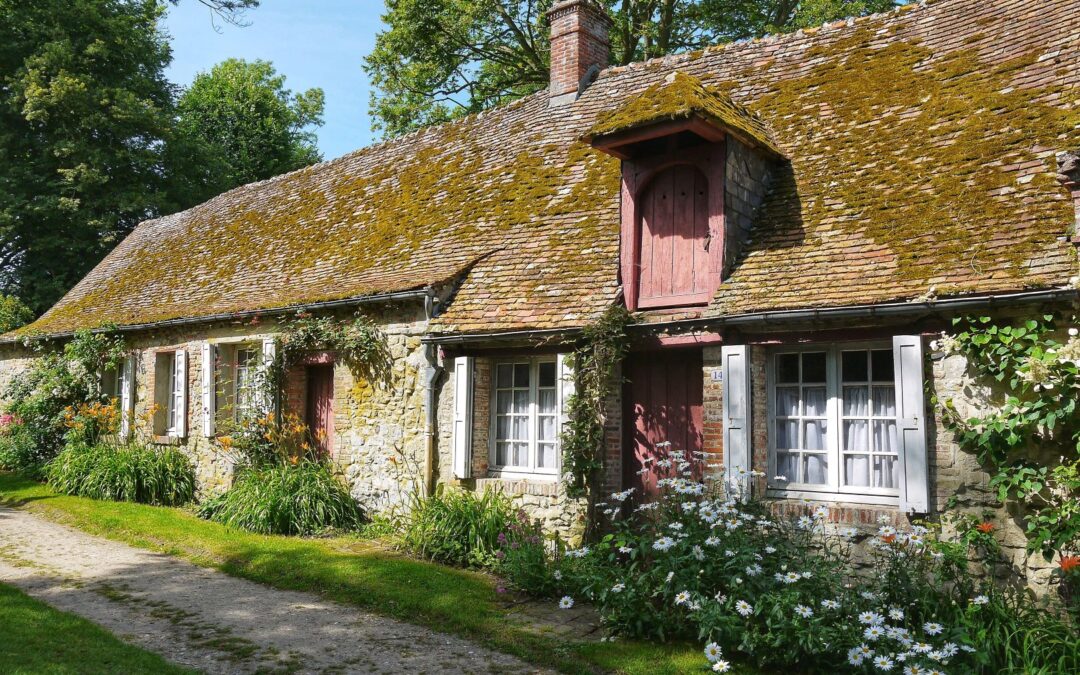With uncertainty looming over Brexit (or not), how the housing market will perform in 2019 is far from clear cut.
With many lingering question marks over Brexit and a lot of people waiting for clarity before making their moves, property experts have been even more careful than usual about making their 2019 predictions.
Some analysts have explicitly made their traditional end-of-year forecasts contingent on a satisfactory conclusion of the Brexit negotiations.
At least there are some positive trends in the property market forecasts for 2019, as well as a recognition that, although these are times of unusual political instability, bricks-and-mortar remains a sound long-term investment.
Property prices likely to remain fairly static in 2019
Property investment specialists JLL are expecting UK house prices to inch up by 0.5 per cent in 2019 subject to a Brexit deal being agreed. Others are similarly cautious although some are anticipating a ‘Brexit bounce’ if negotiations go better than expected. “The Brexit noise can threaten to drown out everything else,” says Grainne Gilmore, Head of Residential Research at Knight Frank. “But outside London, where affordability has been stretched, price growth continues apace.”
Others share this optimism. “If the uncertainty lifts in the months ahead and employment continues to rise, there is scope for activity to pick-up through next year,” explains Robert Gardner, Chief Economist at Nationwide. “The squeeze on household incomes is already moderating and policy-makers have signalled that, if the economy performs as they expect, interest rates are only expected to rise at a modest pace.”
No widespread sense of panic
In November, when a Bank of England report suggested that property prices might plummet by as much as 35 per cent in the event of a no-deal Brexit and spiralling interest rates, the response from industry professionals was pretty robust. “We believe this is highly unlikely,” said Lucian Cook, Director of Residential Research at Savills. “A correction of this nature is without precedent and the economic conditions required are at the margin of a wide range of potential outcomes.”
The regions are expected to out-perform London
Prime central London (PCL) continues to be out-performed by the regions with high stamp duty rates on multi-million pound properties still on the radar. Many investors are awaiting the outcome of the Brexit process before making their move. “Substantial economic and political uncertainty remains and we expect to see stagnant prices or further negative growth in PCL in the final weeks of 2018,” says Stephanie McMahon, Head of Research at Strutt & Parker. For 2019, Strutt & Parker predicts UK-wide growth of 2.5 per cent and two per cent growth in London as a best-case scenario, with a five per cent drop as the downside risk.
Industry analysts and economists surveyed by Reuters have predicted that house prices in the capital will fall by 0.3 per cent in 2019 after a fall of 1.7 per cent in 2018. Things are looking rosier in the North West, where Savills expects price growth of 21.6 per cent over the next five years. Knight Frank’s forecasts for 2019 anticipate that the strongest growth will come in the North East and Yorkshire.
Galbraith, Scotland’s leading independent property consultancy, reports that the market for country properties continues to defy expectations and has not been affected by Brexit uncertainty.
The firm’s residential sales for the third quarter of 2018 (the last quarter where all sales have been completed) showed an increase of 10 per cent compared with the same period in 2017 for Scotland as a whole. Figures for 2018 residential and farm sales were up by 5.67% on 2017.
Particularly strong markets were in Aberdeenshire (up by 100 per cent); Stirling (up by 100 per cent); Perthshire (up by 33 per cent); and Moray (up by 55 per cent) – all year on year.
Simon Brown, head of residential sales for Galbraith, said that gloomy market predictions for the UK as a whole do not reflect the picture in Scotland: “The most recent quarter in 2018 reflected strong demand and market activity was steady throughout the year. Although this is a price sensitive market, our experience is that accurately priced properties are selling well and prices have held steady or increased in some areas.
“One of the reasons that Scotland is bucking the trend compared to England and Wales may be that Scotland has not tended to attract purely speculative property investors from overseas. The Scottish market has not experienced huge gains during periods of market confidence for the UK as a whole and does not fall sharply when there is UK market pessimism.”
Cautious optimism about UK house prices in the medium term
If the short-term outlook has become murky with Brexit, experts are confident of modest but sustained growth in the medium term. “Our assumption is that gradually rising interest rates will support property price growth of 14.8 per cent at national level over the next five years,” adds Lucian Cook of Savills. Strutt & Parker expects house prices to rise by 18 per cent between 2018 and 2022. “The fundamentals of the UK economy remain broadly positive with sentiment remaining cautious,” explains McMahon.
Outlook for the rentals sector slightly better than for residential sales
In the latest survey by the Royal Institution of Chartered Surveyors (RICS), respondents are projecting steady UK-wide rental growth of a little under two per cent in the year ahead. Even in prime central London, according to Strutt & Parker, rents should remain solid, rising by 1.5 per cent in the course of 2019 and out-performing sales.






